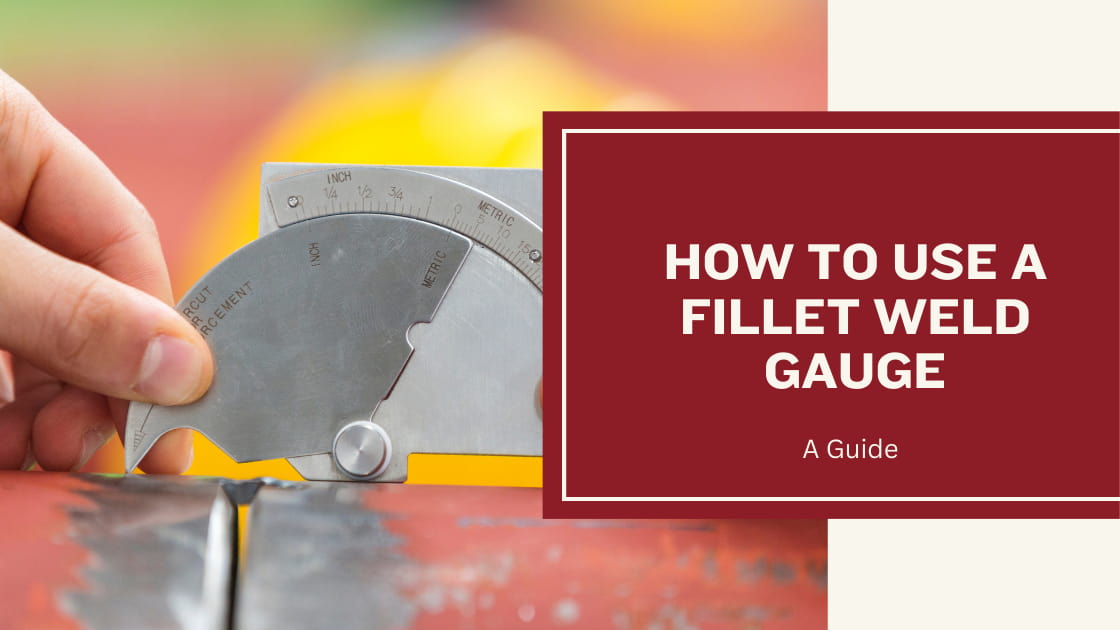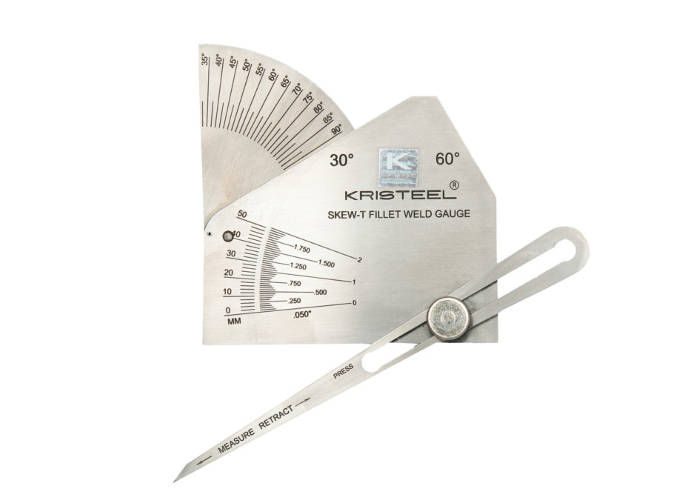Gauge Fillet Weld Explained: From Essentials to Advanced Techniques
Fillet Weld Style Approaches: Maximizing Joint Efficiency and Aesthetic Appeal for Structural Honesty
In the world of structural engineering and fabrication, the value of fillet weld design techniques can not be overstated. These methods play a crucial duty in not just ensuring the performance and structural integrity of joints yet likewise in improving the overall looks of the ended up item. By diligently taking into consideration variables such as weld account optimization, product selection, joint preparation methods, welding process efficiency, and visual enhancement designers, makers and techniques can accomplish a harmonious balance in between performance and look in their welded frameworks. The combination of these aspects not only leads to durable joints but also boosts the aesthetic appeal of the end product.
Weld Account Optimization


Achieving an ideal weld profile involves a meticulous factor to consider of aspects such as material density, joint arrangement, welding position, and desired welding rate. Furthermore, the selection of ideal welding specifications, such as voltage, current, and take a trip rate, is essential in regulating the form and dimensions of the fillet weld. Making use of sophisticated welding strategies, such as pulse welding or robot welding, can additionally fine-tune the weld account to satisfy specific layout requirements and quality criteria.
Fundamentally, weld profile optimization is an essential aspect of fillet weld style that directly influences the overall efficiency and dependability of bonded joints in structural applications.
Product Selection Factors To Consider
When considering product selection for fillet weld layout, the compatibility of the base metals is an essential element affecting the structural honesty of the joint. It is vital to choose materials that not just weld together properly but likewise have similar mechanical residential properties to ensure the tons is equally distributed between the base and the weld metals. Welding materials with significantly various homes can bring about problems such as anxiety focus, premature joint failure, or splitting.
Additionally, the environment in which the bonded structure will certainly run have to be taken right into account when selecting products. Factors like rust resistance, temperature changes, and direct exposure to chemicals can all affect the durability and performance of the weld joint. By picking materials that appropriate for the desired application and setting, the general durability and dependability of the welded joint can be considerably boosted.
As a result, comprehensive factor to consider of product compatibility and ecological factors is paramount in guaranteeing the weld joint's stamina, sturdiness, and general structural integrity.

Joint Preparation Strategies
Thinking about the critical function product choice plays in making certain the structural stability of fillet weld joints, it is important to carry out precise joint preparation strategies that optimize the connection in between the base steels. Joint prep work is a vital step that directly affects the top quality and strength of the weld. One essential strategy is the cleansing of base metals to eliminate any type of impurities like rust, oil, or paint that can jeopardize the weld's stability. This can be attained through methods such as grinding, cable cleaning, or chemical cleansing.
Additionally, tack welding the elements in area prior to the final weld assists maintain positioning and decreases distortion throughout the welding process. By diligently adhering to these joint preparation strategies, welders can boost the general performance and looks of fillet weld joints while guaranteeing architectural strength.
Welding Refine Effectiveness
Reliable welding processes are vital for achieving optimal performance and top quality in fillet weld construction. One key aspect of enhancing welding procedure efficiency is selecting the proper welding strategy. Factors such as product type, joint layout, and welding setting should be very carefully taken into consideration to determine the most ideal approach. For example, processes like gas steel arc welding (GMAW) and flux-cored arc welding (FCAW) are commonly utilized for fillet welds because of their convenience and rate (Gauge Fillet Weld).
Normal calibration of welding equipments, inspection of consumables, and maintenance of welding torches can stop downtime and rework, ultimately conserving time and resources. Trained welders are more proficient at changing parameters, repairing problems, and preserving consistent weld high quality.
Visual Improvement Methods
To maximize the top quality of fillet weld construction, carrying out aesthetic enhancement techniques can play a crucial role in making sure precision and precision during the welding procedure. Visual improvement approaches include different methods focused on boosting the appearance and quality of fillet welds. One usual method is using back purging systems to remove oxidation on the backside of redirected here the weld, resulting in a cleaner, a lot more visually pleasing coating. Additionally, employing proper illumination arrangements in the welding location can boost presence, enabling welders to keep track of the weld pool and make sure consistent bead he said formation. Aesthetic aids such as weld size assesses and multiplying lenses can aid in assessing weld profiles and dimensions precisely. In addition, the use of contrasting noting materials or short-term adding can help in aligning and positioning the workpieces exactly before welding. By integrating these aesthetic improvement approaches into the welding process, welders can achieve not just structurally audio fillet welds but likewise aesthetically enticing outcomes that fulfill market criteria.

Final Thought
In final thought, enhancing fillet weld style includes mindful consideration of weld account, product option, joint dig this preparation, welding procedure efficiency, and aesthetic enhancement techniques. By implementing these methods, architectural integrity can be enhanced while additionally achieving aesthetic charm. It is very important to prioritize both performance and visual appeals in fillet weld style to make certain the overall quality and toughness of the joint.
By diligently considering elements such as weld profile optimization, product choice, joint preparation methods, welding process effectiveness, and visual improvement designers, approaches and makers can attain an unified equilibrium between functionality and look in their welded frameworks.In the world of fillet weld layout, optimizing the weld account plays a crucial function in making sure architectural stability and efficiency. The weld profile, which includes the size and form of the weld cross-section, straight influences the distribution of tension and load-bearing capacity within the joint. It is important to choose materials that not just bonded with each other efficiently but also have comparable mechanical properties to ensure the lots is equally dispersed between the weld and the base steels - Gauge Fillet Weld.In verdict, optimizing fillet weld layout includes careful factor to consider of weld account, material selection, joint prep work, welding procedure effectiveness, and visual improvement approaches